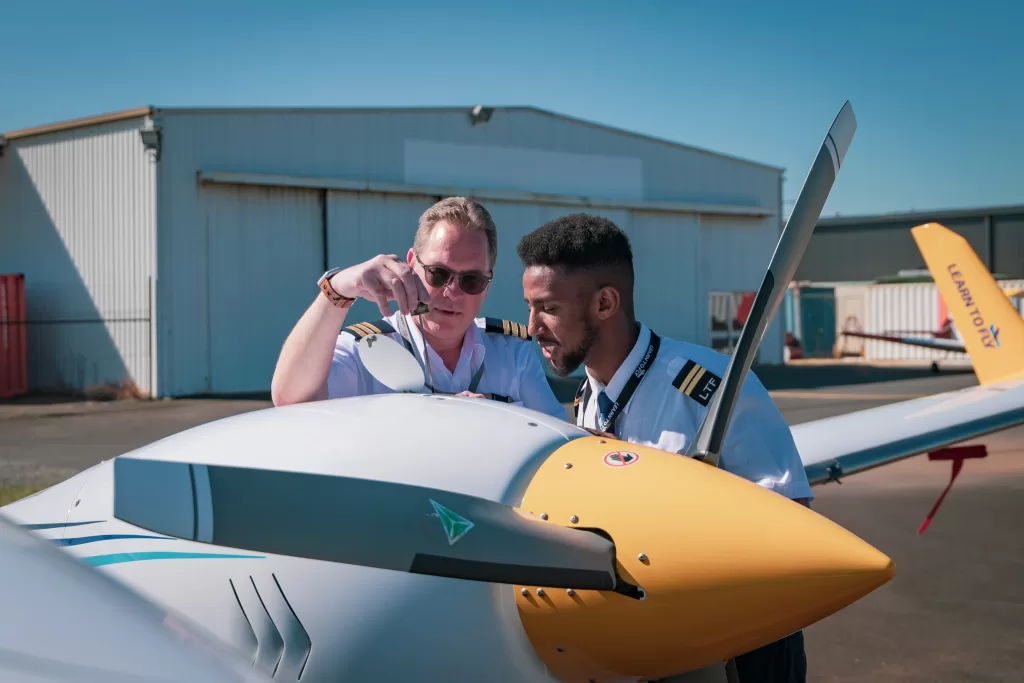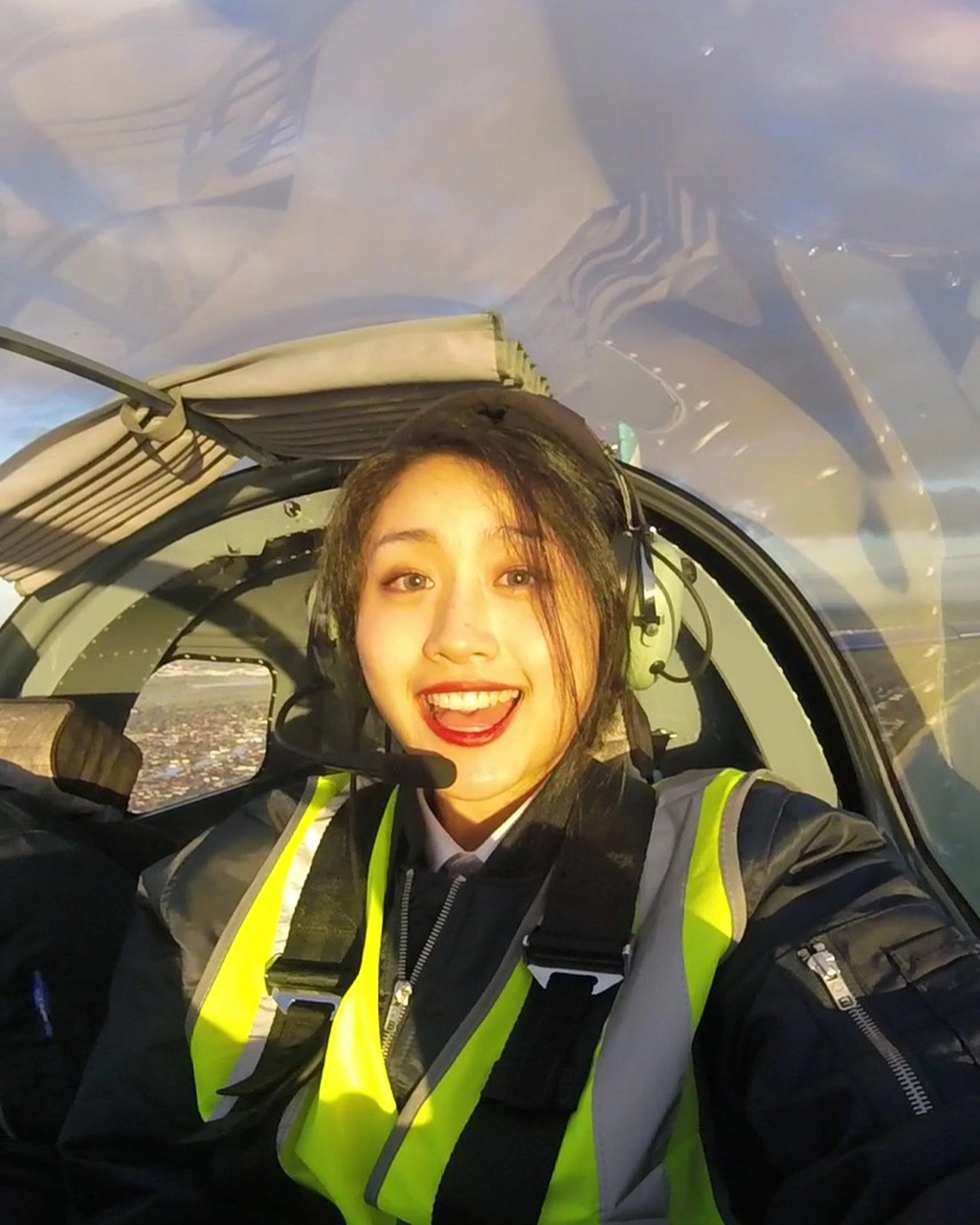There are a number of reasons why becoming a flight instructor is more important now than ever before. The aviation industry has evolved and changed significantly throughout the recent pandemic years. Not only is it important to fill in gaps in the aviation sector, but there are huge opportunities for anyone looking to join or expand in the industry. This includes becoming a flight instructor! Let’s look at why ‘now’ is the time. Plus, we’ll discuss some of the benefits that explain why becoming a flight instructor is more important now than ever before.
Why Now?
During the pandemic, many airline pilots lost their jobs after the industry was largely shut down. For pilots who already had a flight instructor rating or those that completed the endorsement during the pandemic, the skillset and qualification acted as a backup source of employment and created job security for them.
Since airlines will need more airline pilots and train more students as well, the demand for flight instructors will be higher than ever. Many schools have to hire extra instructors to cope with the demand. This gives you an opportunity to get your first pilot job!
Once you start working, in 6 – 9 months’ time, you should be able to get an upgrade to become a Grade 2 instructor. In another 12 months, you should become a Grade 1 instructor. Fast forward another 6 months and you should be able to get into the airlines!
Job Security
The simple addition of the flight instructor rating means you are diversifying your skillset and job prospects, which protects you and your income. Experience as a flight instructor can help you to build a pretty solid foundation for your future aviation career!
A pilot who holds a flight instructor rating and has gone to an airline would usually be a Grade 1 or Grade 2 instructor. These pilots can easily find a flight instructor position. We’ll talk through this in more detail shortly.
Become Appealing To The International Market
Many airlines from the U.S. are looking for airline pilots in Australia, since Australian pilots can get an E3 visa and work in the US. This opens up another door for many Australian pilots. To catch this opportunity and meet their requirements, the best way is to get a flight instructor rating and work as a flight instructor. This will help you to accumulate flying hours in a relatively short period of time.
Open Up Your Options
If you are not interested in going to an airline, you can choose to stay and continue to work as a flight instructor and look at alternative career avenues. For example, you could eventually become a flight examiner, or you can have many other options across education and training, transport, public administration, safety and compliance.
Becoming A Better Pilot
Grade 1 and Grade 2 Training Endorsements are an essential part of a Flight Instructor’s progress, expanding on crucial knowledge and concepts, as well as granting additional privileges. To develop and improve as a pilot, teaching and training are critical skills to be able to take your abilities to the next level.
What Can A Grade 2 and Grade 1 Instructor Do?
With a Grade 2 Training Endorsement, you can approve first solo flights, conduct flight reviews for ratings, assess student knowledge deficiency reports (KDRs) for licence and rating grants, and grant endorsements on Recreational Pilot Licences (RPLs).
A Grade 1 Training Endorsement expands on that even further, allowing you to supervise both Grade 2 and Grade 3 Flight Instructors, and deliver instructor training for the Grade 2 Training Endorsement.
How To Complete Grade 1 and Grade To Training Endorsements
All you need to do is book in! A Grade 2 Flight Training Package with Learn To Fly includes:
- – 5.5 dual flight training hours with an instructor
- – 1.5 hours solo aircraft hire for your Flight Test
- – 6 hours of ground school and briefings
A Grade 1 Flight Training Package with Learn To Fly includes:
- – 5.5 dual flight training hours with an instructor
- – 1.5 hours solo aircraft hire for your Flight Test
- – 6 hours of ground school and briefings
For the duration, you can think in terms of 2 – 4 weeks full-time flying and studying (4 – 5 days per week), or 1 – 2 months part-time (1 – 2 days per week). For both training packages, you can currently book in to learn in our Sling 2, Cessna 172 or a Diamond DA40. You can download the Course PDF here to learn all about it, or click here to start the enrollment process!

Becoming a Flight Instructor is a great way to build your flying skill set. It’s also a great move for your pilot career, as you can earn money while building your experience and your flying hours in preparation for your next career move. As far as job availability goes, Flight Instructor roles are in demand and will continue to be well into the future.
Want to know more about Learn To Fly’s Flight Instructor Rating or Flight Instructor Training Endorsement courses? Email [email protected] or visit https://drift.me/learntofly/meeting to book a meeting and school tour.
Keen to read on? Check out our other blogs, Flight Instructor Training Endorsements – All You Need To Know and Flight Instructor Rating – A Flying Start To Your Pilot Career.






























